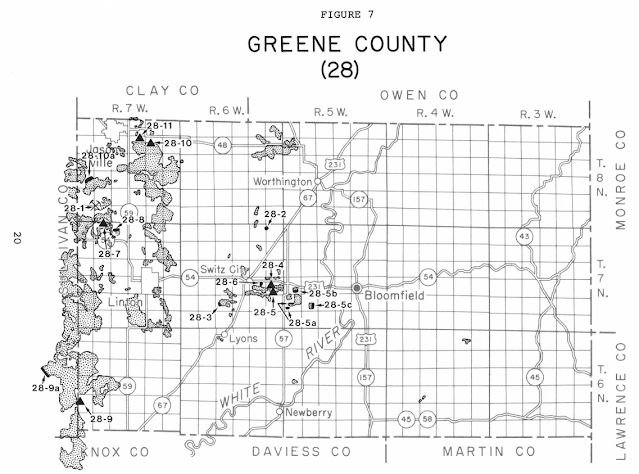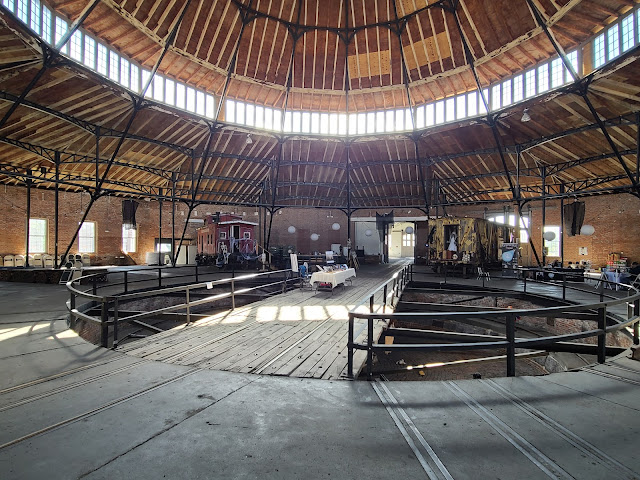The gravel driveway was the Pennsy RoW. They have built a building on the RoW.
 |
| Street View, Jun 2012 |
 |
| Street View, Apr 2018 |
 |
| Ryan King posted Clarksville Ag in Clarksville, Ohio today. Not the best picture but my first contribution to the group. My new job has me working with all kinds of ag retailers and some of them have awesome old setups. |
 |
| Dennis DeBruler commented on Ryan's post They have built a building on the old Pennsy rail bed. 1960 Clarksville Quad @ 24,000 The grain elevator is now labeled as a sawmill. https://www.google.com/.../data=!3m1!1e3!4m6!3m5... |
 |
| Dennis DeBruler commented on Ryan's post The old Master Mix and Kent signs don't surprise me. But a modern looking Master Mix sign does surprise me. https://www.google.com/.../data=!3m6!1e1!3m4!1sjxcd7... |
 |
| Ben Patrick, Aug 2022 |
%20Facebook.png)









.jpg)





















.jpg)

































